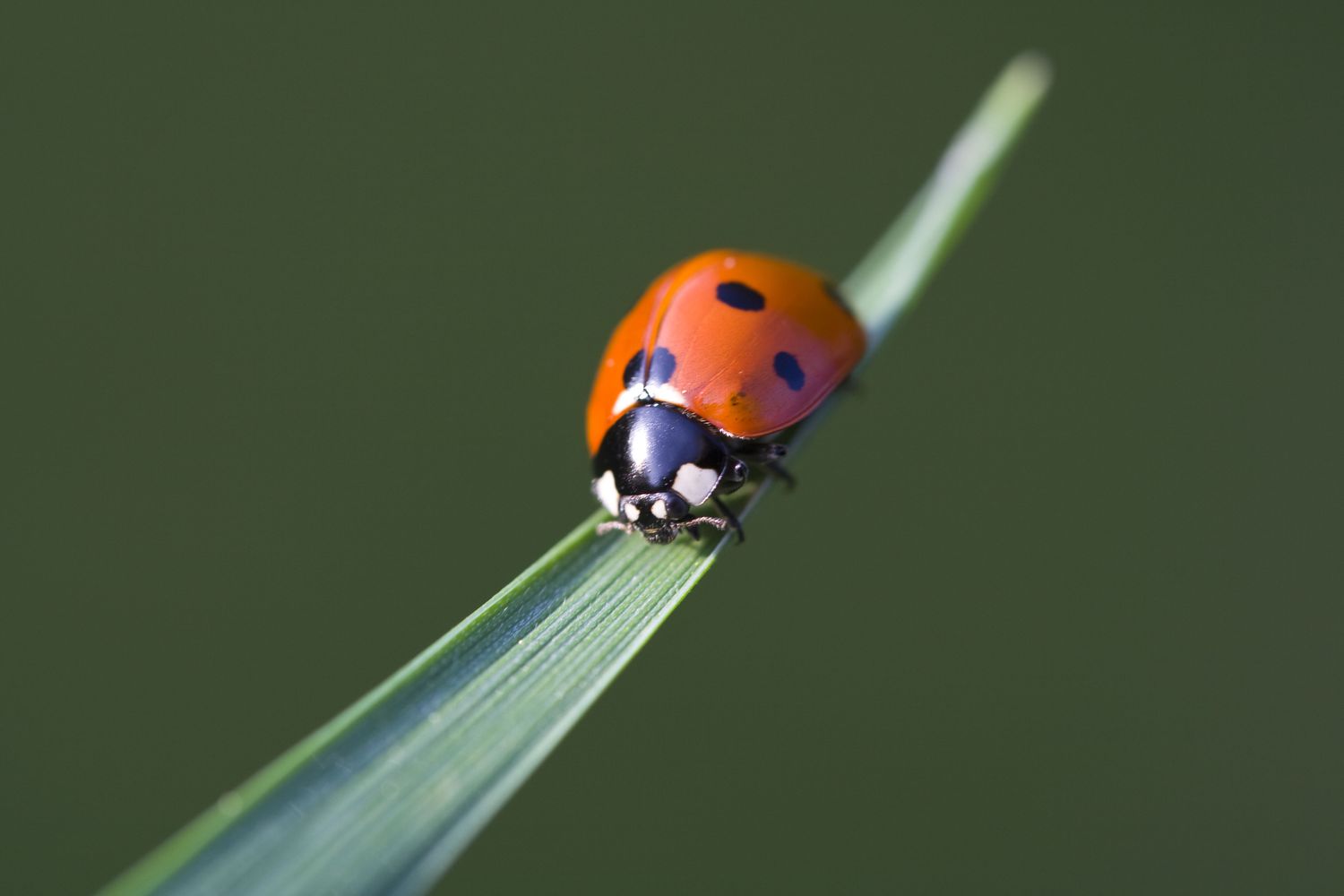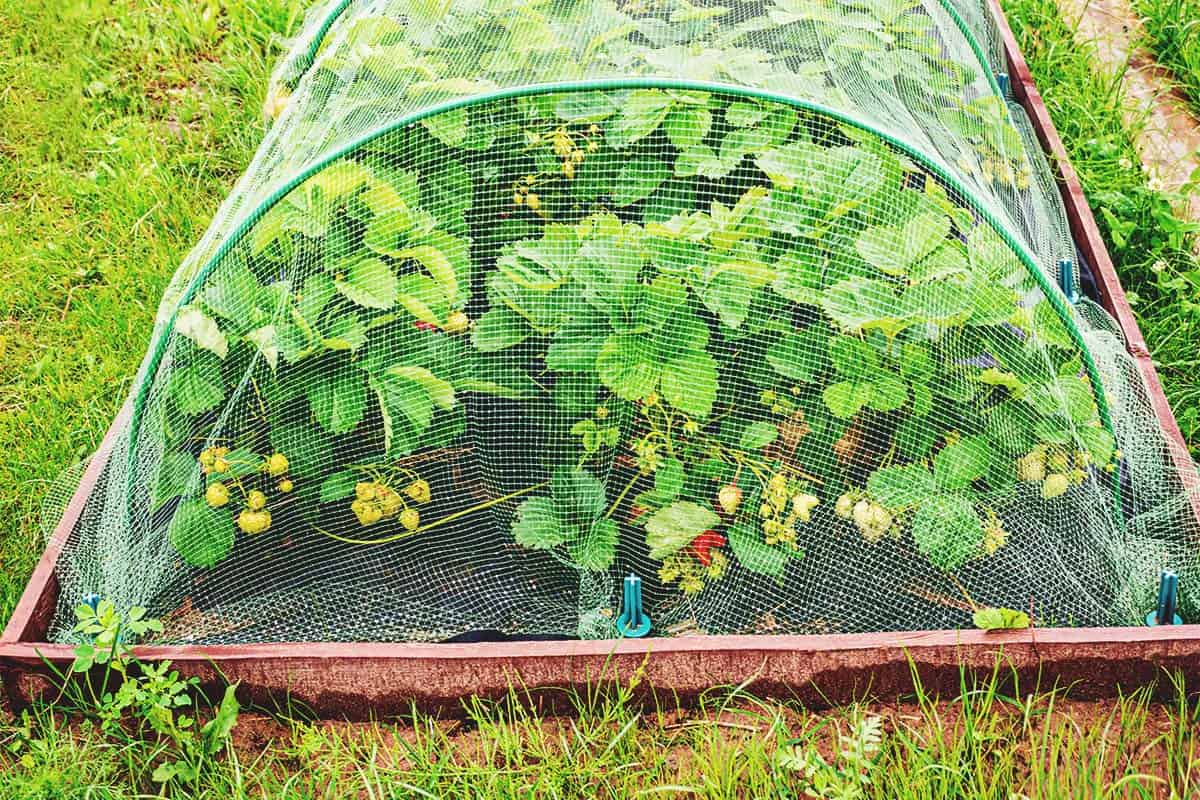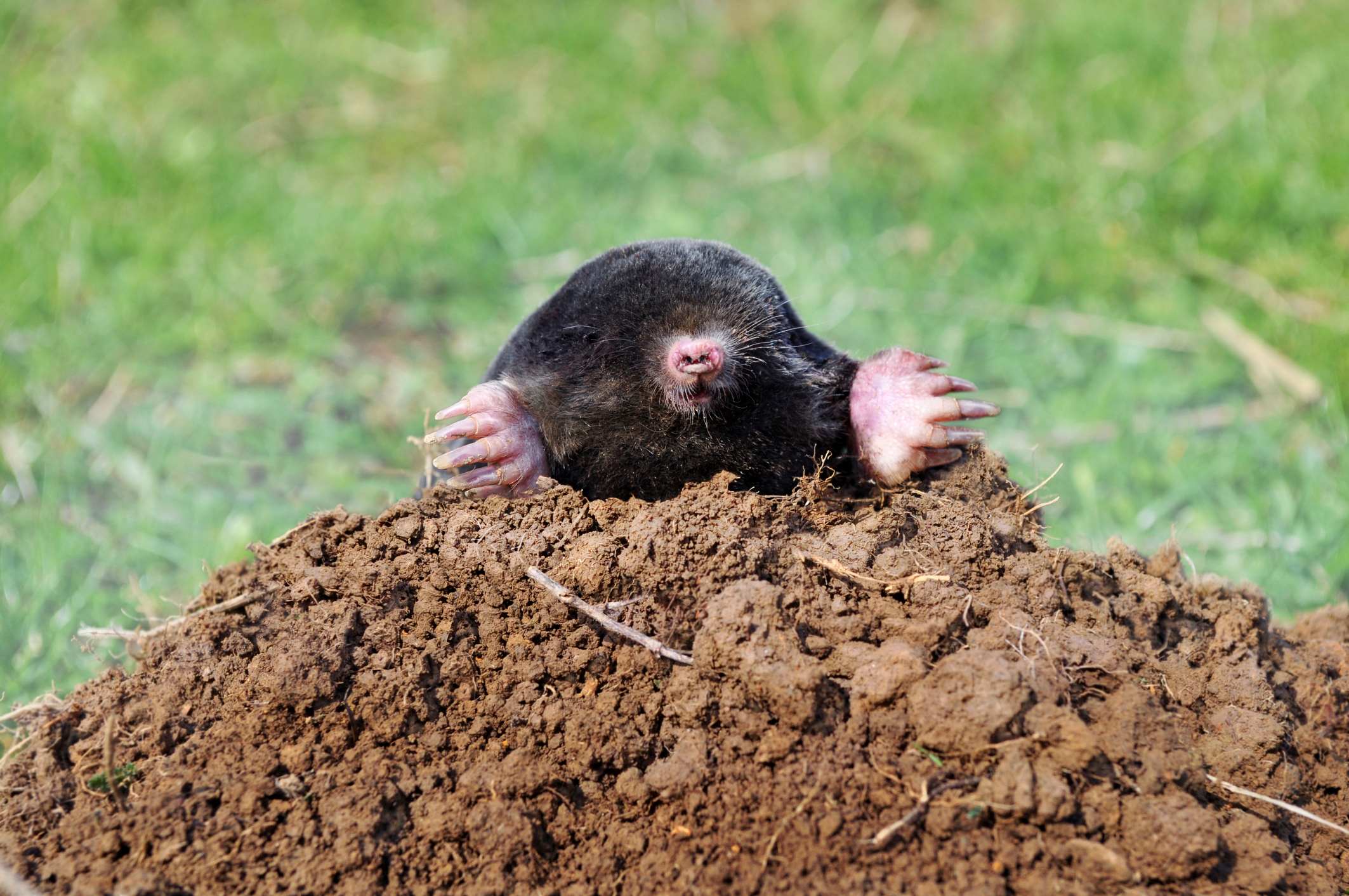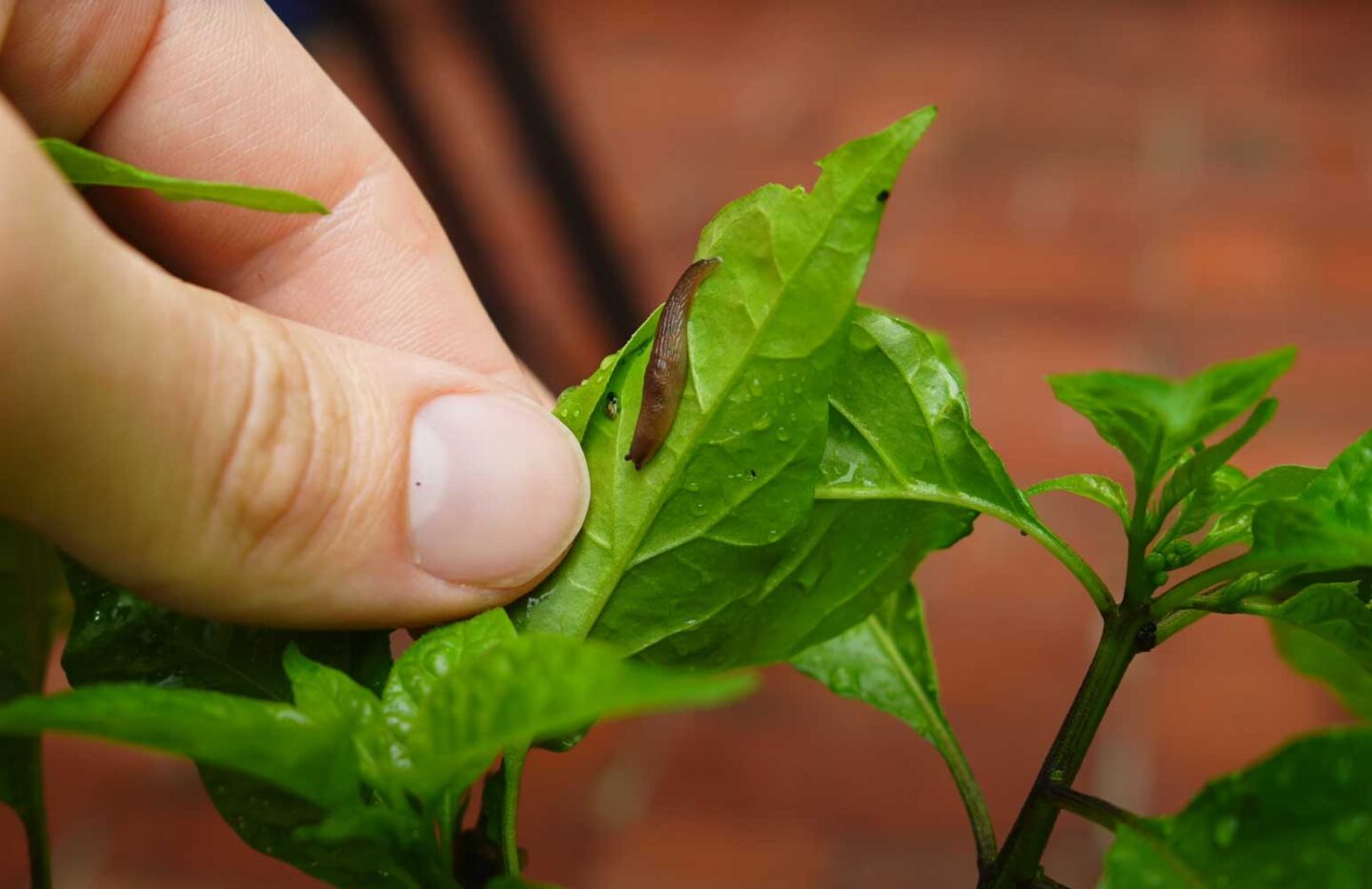Home>Gardening Basics>Getting Started>What Animals Eat Weeds


Getting Started
What Animals Eat Weeds
Published: December 16, 2023
Discover what animals eat weeds and learn the basics of getting started with natural weed control. Explore eco-friendly solutions for managing unwanted plants.
(Many of the links in this article redirect to a specific reviewed product. Your purchase of these products through affiliate links helps to generate commission for Chicagolandgardening.com, at no extra cost. Learn more)
Table of Contents
Introduction
Introduction
Weeds are often viewed as pesky plants that invade gardens and agricultural fields, but in the natural world, they serve as essential food sources for various animals. The consumption of weeds by different creatures plays a crucial role in maintaining ecological balance and biodiversity. Understanding the diverse array of animals that rely on weeds for sustenance provides valuable insights into the intricate web of life in ecosystems around the world.
From large herbivores to tiny insects, a wide spectrum of animals actively seek out and consume various types of weeds. Their feeding behaviors not only influence plant populations but also impact the broader food chain, influencing the survival and distribution of other species. By delving into the dietary habits of herbivores, insects, birds, and reptiles, we can gain a deeper appreciation for the interconnectedness of life and the vital role that weeds play in sustaining numerous animal species.
The following exploration will shed light on the fascinating ways in which different animals interact with weeds, showcasing the intricate relationships that exist within natural ecosystems. Join us as we embark on a captivating journey through the world of weed-eating creatures, uncovering the remarkable strategies and adaptations that enable them to thrive in diverse environments.
Herbivores
Herbivores, ranging from large mammals to small rodents, form a significant group of animals that rely on weeds as a primary food source. In various ecosystems, herbivores play a crucial role in controlling weed populations through their feeding activities, preventing unchecked growth that could otherwise disrupt the balance of plant communities. Large herbivores such as deer, elk, and moose are known to consume a wide variety of weeds, including thistles, dandelions, and clover. Their selective grazing behavior not only shapes the abundance and distribution of weeds but also influences the composition of plant species in their habitats.
Additionally, smaller herbivores like rabbits, groundhogs, and insects also contribute to weed consumption. Rabbits, for instance, are notorious for their voracious appetites for various weed species such as plantain, chickweed, and sorrel. Their feeding habits can significantly impact the growth and spread of weeds in grasslands and meadows. Furthermore, insects such as grasshoppers and caterpillars play a vital role in weed control by feeding on the leaves and stems of numerous weed species, helping to prevent unchecked proliferation.
The dietary preferences of herbivores are not only influenced by the nutritional content of weeds but also by their ability to detect and access these plants within their habitats. The coevolution of herbivores and weeds has led to fascinating adaptations, such as specialized digestive systems and foraging behaviors, that enable animals to efficiently utilize weeds as a source of energy and nutrients. By studying the interactions between herbivores and weeds, researchers gain valuable insights into the complex dynamics of plant-animal relationships and the ecological mechanisms that shape natural landscapes.
Insects
In the realm of weed consumption, insects play a pivotal role as voracious consumers of a wide array of weed species. From beetles and caterpillars to grasshoppers and aphids, insects have developed specialized feeding strategies that allow them to thrive on various weeds, influencing the growth and distribution of these plants in diverse ecosystems. One of the most notable groups of weed-eating insects is the Lepidoptera order, which includes butterflies and moths. The caterpillars of these species are known for their herbivorous diets, often feeding on common weeds such as dandelions, nettles, and thistles.
Furthermore, beetles, particularly those belonging to the Chrysomelidae family, are recognized as significant consumers of weeds, with some species exhibiting a strong preference for specific weed varieties. The Colorado potato beetle, for example, is notorious for its consumption of various weed species, including nightshades and horsenettle. In addition to beetles, grasshoppers are known to consume a wide range of weeds, impacting the growth and spread of these plants in grasslands and agricultural fields.
Another group of insects that contribute to weed consumption is the Hymenoptera order, which includes bees and wasps. While adult bees primarily forage for nectar and pollen from flowering plants, their larvae often rely on a diet of pollen and nectar, which may include resources from weed species. Additionally, certain species of wasps are known to feed on the nectar of various weed flowers, contributing to the pollination and dispersal of weed species within their habitats.
The diverse feeding behaviors and ecological impacts of weed-eating insects highlight the intricate relationships that exist between these small but influential creatures and the plant species they consume. By examining the interactions between insects and weeds, researchers gain valuable insights into the ecological dynamics that shape natural ecosystems, emphasizing the interconnectedness of all living organisms within these complex environments.
Birds
Birds, renowned for their diverse dietary preferences, also contribute significantly to the consumption of weeds in various habitats. From songbirds and waterfowl to game birds and migratory species, avian populations play a crucial role in influencing the abundance and distribution of weed species through their feeding behaviors. One of the most notable groups of weed-eating birds is the granivorous species, which primarily feed on seeds, including those of numerous weed varieties.
Finches, sparrows, and doves are among the granivorous birds known to consume a wide range of weed seeds, contributing to the natural control of weed populations in grasslands, agricultural fields, and disturbed habitats. These birds play a vital role in regulating weed abundance, preventing unchecked seed dispersal and germination that could otherwise lead to the proliferation of unwanted plant species.
Furthermore, waterfowl such as ducks and geese are recognized for their consumption of aquatic weeds, including various submerged and emergent species. In wetland ecosystems, these birds actively forage for aquatic plants, influencing the composition and distribution of weed species within their habitats. Their feeding activities contribute to the maintenance of balanced aquatic ecosystems, preventing the overgrowth of certain weed species that could disrupt the ecological equilibrium.
In addition to granivorous and waterfowl species, certain birds exhibit herbivorous feeding behaviors, consuming the leaves, stems, and flowers of various weed species. For example, the Canada goose is known to consume a diverse array of weed plants, including grasses, sedges, and broad-leaved plants, contributing to weed control in riparian and upland habitats.
The diverse dietary habits of birds and their impact on weed populations underscore the intricate relationships between avian species and the plant communities they rely on for sustenance. By studying the foraging behaviors of birds and their interactions with weed species, researchers gain valuable insights into the ecological mechanisms that shape the distribution and abundance of plants in diverse ecosystems, highlighting the essential role of birds in maintaining ecological balance.
Reptiles
While reptiles are not commonly associated with weed consumption, certain species within this diverse group of animals play a significant role in influencing the presence and growth of weed species within their habitats. Herbivorous reptiles, such as tortoises and iguanas, are known to feed on a variety of plant species, including weeds, contributing to the control of vegetation in their ecosystems. In particular, tortoises are recognized for their consumption of broad-leaved plants and grasses, which may include various weed species commonly found in their native habitats.
Furthermore, iguanas, primarily inhabiting tropical and subtropical regions, are known to feed on a diverse array of plant species, including certain weed varieties. Their herbivorous diets encompass a range of leaves, flowers, and fruits, influencing the growth and distribution of plants within their ecological niches. While the impact of reptiles on weed populations may not be as pronounced as that of herbivorous mammals or birds, their feeding activities contribute to the complex dynamics of plant communities in their respective habitats.
In addition to herbivorous reptiles, certain species of omnivorous and insectivorous reptiles indirectly influence weed populations through their feeding behaviors. For example, lizards that primarily consume insects may help control herbivorous insect populations that feed on weed species, indirectly impacting the growth and spread of these plants. The intricate web of interactions between reptiles, insects, and plants underscores the multifaceted nature of ecological relationships within diverse ecosystems.
While the role of reptiles in weed consumption may vary across different habitats and ecosystems, their presence and feeding behaviors contribute to the intricate balance of plant communities and the broader food web. By studying the dietary habits of reptiles and their interactions with weed species, researchers gain valuable insights into the ecological mechanisms that shape the distribution and abundance of plants within natural environments, emphasizing the interconnectedness of all living organisms within these complex ecosystems.
Conclusion
The intricate relationships between animals and weeds underscore the vital role that these plants play in sustaining diverse ecosystems. From large herbivores to tiny insects, and from birds to reptiles, a wide array of animals actively consume various weed species, influencing the growth, distribution, and ecological balance of these plants within their habitats. The consumption of weeds by herbivores, insects, birds, and reptiles not only shapes plant populations but also contributes to the broader dynamics of food webs and ecological interactions.
By delving into the dietary habits of herbivores, it becomes evident that their selective grazing behaviors influence the composition and distribution of weed species, highlighting the intricate balance between herbivores and the plant communities they rely on for sustenance. Similarly, the diverse feeding strategies of insects, ranging from caterpillars to beetles, contribute to the natural control of weed populations, showcasing the significant impact of these small but influential creatures on the growth and spread of weed species.
Furthermore, the foraging behaviors of birds, including granivorous species and waterfowl, demonstrate the essential role of avian populations in regulating weed abundance and influencing the ecological dynamics of diverse habitats. Additionally, the herbivorous and omnivorous feeding habits of reptiles, albeit less pronounced, contribute to the complex interactions between animals and weed species, highlighting the multifaceted nature of ecological relationships within ecosystems.
Overall, the consumption of weeds by a diverse array of animals underscores the interconnectedness of life within natural environments. The intricate web of interactions between animals and weeds shapes the distribution and abundance of plant species, contributing to the ecological balance and biodiversity of ecosystems worldwide. By gaining a deeper understanding of the dietary preferences and feeding behaviors of animals in relation to weed consumption, researchers and conservationists can further appreciate the complex dynamics that govern the coexistence of diverse organisms within natural landscapes.




